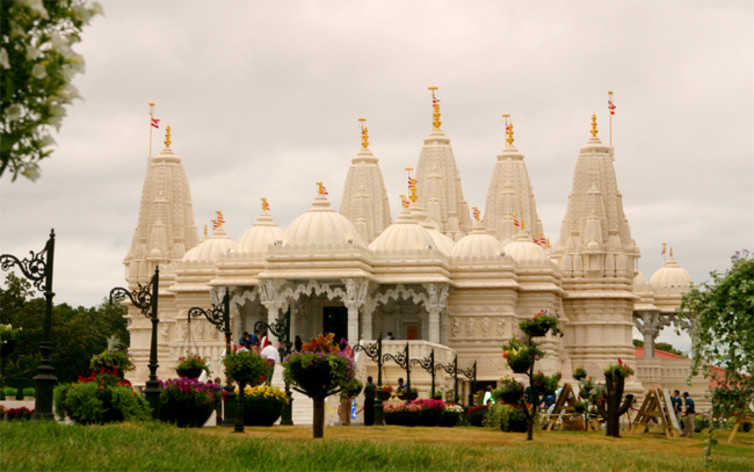Cement is the world’s most widely used material apart from water, largely because it is the key ingredient in concrete, the world’s favourite building material.
But with cement’s success comes a huge amount of greenhouse emissions. For every tonne of cement produced in Australia, 0.82 tonnes of CO₂ is released. That might not sound like much, especially when compared with the 1.8 tonnes emitted in making a tonne of steel. But with a global production of more than 4 billion tonnes a year, cement accounts for about 8% of the world’s CO₂ emissions.
The electricity and heat demands of cement production are responsible for around 50% the CO₂ emissions. But the other 50% comes from the process of “calcination” – a crucial step in cement manufacture in which limestone (calcium carbonate) is heated to transform it into quicklime (calcium oxide), giving off CO₂ in the process.
A report published by Beyond Zero Emissions (BZE) (on which I was a consultant) outlines several ways in which the sector can improve this situation, and perhaps even one day create a zero-carbon cement industry.
Better recipes
The cement industry has already begun to reduce its footprint by improving equipment and reducing energy use. But energy efficiency can only get us so far because the chemical process itself emits so much CO₂. Not many cement firms are prepared to cut their production to reduce emissions, so they will have to embrace less carbon-intensive recipes instead.
The BZE report calculates that 50% of the conventional concrete used in construction can be replaced with another kind, called geopolymer concrete. This contains cement made from other products rather than limestone, such as fly ash, slag or clay.
Making this transition would be relatively easy in Australia, which has more than 400 million tonnes of fly ash readily available as stockpiled waste from the coal industry, which represents already about 20 years of stocks.
These types of concrete are readily available in Australia, although they are not widely used because they have not been included in supply chains, and large construction firms have not yet put their faith in them.
Another option more widely known by construction firm is to use the so-called “high blend” cements containing a mixture of slag, fly ash and other compounds blended with cement. These blends have been used in concrete structures all over the world, such as the BAPS Shri Swaminarayan Mandir Hindu temple in Chicago, the foundation slab of which contains 65% fly ash cement. These blends are available everywhere in Australia but their usage is not as high as it should due to the lack of trust from the industry.
This article was originally published by The Conversation.





